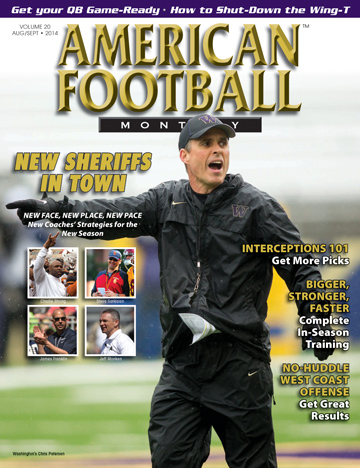Article CategoriesAFM Magazine
|
Limits on Live Tackling in Practice – Good or Bad for the Game?by: Rey HernandezRetired High School and College Coach © More from this issue National player safety concerns prompted in great part by the National Football League’s (NFL) response to player lawsuits and scientific research data that is calling into question the safety of the game has led to numerous efforts to implement changes that will hopefully make the game safer on all levels of play. The California Assembly by a vote of 50-22 has approved AB 2127 a bill that will prohibit high school and middle school football teams of school districts, charter schools or private schools that elect to offer an athletic program from conducting more than two full-contact practices per week during the pre-season and regular season. The bill was signed into law by Governor Jerry Brown and will take effect on January 1, 2015. The ....The full article can only be seen by subscribers.
|
|
|||||||
| HOME |
MAGAZINE |
SUBSCRIBE | ONLINE COLUMNISTS | COACHING VIDEOS |
Copyright 2025, AmericanFootballMonthly.com
All Rights Reserved





